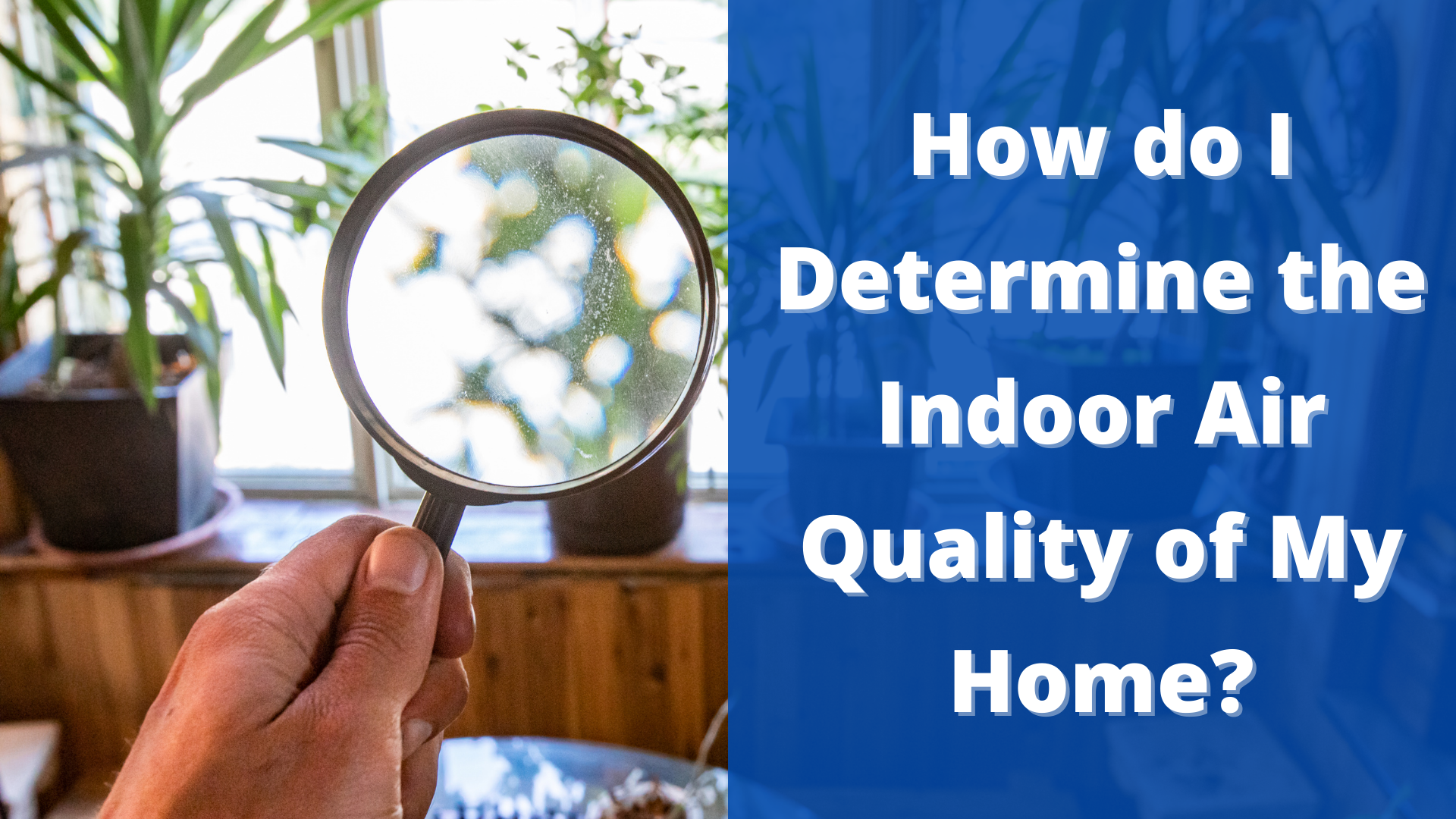
Have you ever walked into a room in your home and noticed a strange smell? Or you were working indoors and started feeling dizzy, sneezing, and coughing. If you can relate to either of the two, there is one possibility! Your home’s indoor air quality is less than ideal.
Less than ideal indoor air quality (IAQ) can cause illnesses and even lead to loss of life. According to the EPA, indoor pollution sources release gasses or particles into the air and are the primary cause of indoor air quality problems.
A common question asked by homeowners is how to determine indoor air quality? This post presents different ways to test indoor air quality.
-
Use an Indoor Air Quality Meter
The indoor air quality meter has multiple sensors that detect different pollutants within the room. The electrochemical sensor detects the oxygen levels and the presence of toxic gasses by reducing it through the electrode and measuring its concentration.
Based on the strength, the air quality meter displays current air conditions as ideal or not ideal. Some air quality meters feature color-coded or numbered systems that indicate the danger levels.
The indoor air quality measures carbon dioxide, carbon monoxide, and radon. A high-quality AQI meter also detects and measures VOCs coming from building materials, fuels, cleaning solutions, paint, and household items. IAQ meters are available in the following types:
- Tabletop or floor
- Wall or ceiling-mounted smart air quality monitors
- Portable/handheld monitors
When shopping for an indoor air quality meter, look out for one that provides measurements such as:
- Humidity
- Temperature
- Volatile Organic Compounds (VOC)
- Levels of particulate matter (dust mites and other allergens)
- Air Quality Index: the measurement of air quality used by EPA to determine the risk of health problems associated with indoor and outdoor pollution.
Click here for a list of various air quality meters for your consideration.
Installing the air quality meters is easy, but it helps to hire a professional to advise on the best installation points and guide you on how to read the meters.
-
Visual Signs
Another standard indicator of below ideal indoor air quality is the presence of mold on your ceiling, floor, beneath sinks, bathroom, and other areas susceptible to mold growth. Mold spores adversely affect the air quality and, if unattended, could result in worse conditions.
In that case, you need to address the issue causing the mold growth in your living space, the air ducts, and other surfaces.
-
Tracking Health Symptoms
Another alternative for determining air quality is the evaluation of health symptoms. Typically, less-than-ideal air quality conditions may cause health issues for your family members. Tracking health symptoms for a few weeks is a helpful baseline for determining the indoor air quality in your home.
For instance, if you or your family member experiences unexplained headaches, congestion, or even dizziness when working from home, relaxing, or even while asleep, the indoor air quality could be the culprit.
Remember that the types of symptoms help provide a clue about the source of the problem. For example, confusion and nausea could point out the presence of carbon monoxide. Sneezing, coughing, and congestion may explain the presence of dust mites or other allergic reactions resulting from pollution.
If either of these or other related symptoms are present in your home, consider engaging an indoor air quality expert to help improve the condition before it reaches extreme levels.

-
Call an Air Quality Professional
If you have noticed or suspect the indoor air quality is less than ideal, hiring an air quality professional is the best decision.
The air quality professional will measure the indoor air quality using high-quality monitors and provide a detailed report with recommendations on ensuring the ideal air quality in your home.
Conclusion
Poor indoor air quality risks your health and that of your loved ones. Therefore, it helps to install high-quality indoor air monitors and watch out for indicative health symptoms. However, hiring an expert is the best approach for handling your indoor air quality issues.
At Anthem VC, we are air quality professionals ready to help you address various air-quality issues. Serving the entire Coachella Valley and Riverside County, we provide homeowners with quality advice so they can handle the indoor air quality issue over the long term. Give us a call right now at (760) 895-2621.








No comment yet, add your voice below!